Did you know that glass grabs attention? And if they happen to be rare and antique ones, well, even better!
Depression glass was the buzz for many years between the 1920s and 1940s in the United States and Canada. When the stock market crashed in 1929, it spurned not only harsh financial times but also more beautiful glassware. While they were mass-produced and owned at the time, today only a few people have them as part of their rare collections.
Glass breaks easily if improperly stored, which is why the survivors I’m about to show you are the rare and most valuable ones. If antique glass makes you smile, then follow along as I introduce you to 20 rare and most valuable depression glass, some of which are now worth $100 a piece.
Table of Contents
20 Rarest And Most Valuable Depression Glass
Depression Glasses have to be one of the most sought-after collectibles from the early 20th century. Thanks to Hollywood and the ladies of the big screen, this glassware quickly spread into mainstream homes. Below, you will find a list(table) of 20 rare depression glass tableware.
| No. | Depression Glass | Year | Price |
| 1 | Aurora Cobalt Blue Saucer and Cup Set | 1930s | $13.95 |
| 2 | American Sweetheart | 1930s | $18.95 |
| 3 | Ritz or Cobalt Sugar and Cream set | 1930s | $20 |
| 4 | Block Optic Sugar Bowl | 1929 to 1933 | $20 |
| 5 | Block Optic Pitcher | 1929 to 1933 | $40 |
| 6 | Colonial Block Footed Tumbler | 1930s | $20 |
| 7 | Cubist Butter Dish | 1929 to 1933 | $49.95 |
| 8 | Colonial Butter Dish | 1930s | $35 |
| 9 | Irish Iridescent Butter Dish | 1928 to 1932 | $35.40 |
| 10 | Iris “Corsage” Wine Stem | 1928 to 1932 | $25 |
| 11 | Old Colony Pink Clear Frog Flower Bowl | 1930s | $45 |
| 12 | Mayfair Relish Dish | 1930s | $29.03 |
| 13 | Royal Lace Green Creamer | 1934 to 1941 | $93.77 |
| 14 | Princess Pink Footed Tumbler | 1930s | $17.50 |
| 15 | Windsor Pink Pitcher | 1936 to 1946 | $35 |
| 16 | Golden Gilt Amber Bowl | 1920s | $89.40 |
| 17 | Artsy French Perfume Bottle | 1940s | $214.11 |
| 18 | French Uranium Glass Bistro Gift Set | 1930s | $184 |
| 19 | Shirley Temple Milk Pitcher | 1930s | $10 |
| 20 | Cherry Blossom | 1330 to 1939 | $80 |
1. Aurora Cobalt Blue Saucer
Year: 1930s
Price: $13.95
This saucer and cup were produced in the 1930s by the glass manufacturing company known as Hazel-Atlas Glass, a large producer of glass containers with headquarters in Wheeling, West Virginia.
This depression glass was one of its unique glass pieces. These sets were produced for breakfast when they were first made. These days these depression glasses are nestling in online markets waiting to be acquired by folks who have the eyes for antique beauties like this. Sets of 4 to 6 saucers are known to be priced at $100 or more.
2. American Sweetheart
Year: 1930s
Price: $18.95
American Sweetheart depression glasses were manufactured in the 1930s by Macbeth-Evans Glass Company. The American Sweetheart is a product of a now fuzzy history as it is not certain if they were produced before the company was bought and renamed into Corning Glass Works Macbeth-Evans Division.
The fuzzier history, the more alluring the object, as we used to say. The Sweetheart is an attractive pink glass, a member of an array of bowls, plates, and numerous other tableware.
In 2006 when the American Sweetheart turned up on eBay, these days it sells for about $25.
3. Ritz or Cobalt Sugar and Cream set
Year: 1930s
Price: $20
This depression glass features a chevron on the sides which gives it a quaint attraction. It was manufactured by the Hazel-Atlas Glass Company in the 1930s. This set may come with a creamer if you happen to be lucky to find them.
When it was made, this retro glass was considered by many an Art Deco. In those years of the depression, folks stored sugar in it and kept them on the table. These are some of the finest depression glasses a faithful collector should have in their cache.
4. Block Optic Sugar Bowl
Year: 1929 to 1933
Price: $20
This depression glass was manufactured and sold by Hocking Glass Company between 1929 and 33 and most of them are still in great vintage condition. Sometimes the bowls come in other colors like, pink, white, yellow, and green. These glasses have stood the test of time, and many years later, they still glow in dimly lit areas of antique shops or on the top shelves of people’s homes.
5. Block Optic Pitcher
Year: 1929 to 1933
Price: $40
From Hocking Glass Company came this pitcher which was produced and sold between 1929 and 1933. You’ll find most of these glass pitchers in their best condition still. They are sold for $30 to $100. Put this pitcher up in your kitchen and let its light brighten the whole and you just might begin to feel this was what was missing all along.
6. Colonial Block Footed Tumbler
Year: 1930s
Price: $20
Encounter the glowing green colonial block footed tumbler from the era of the great depression. The Hazel-Atlas Glass Company was also the manufacturer in the early 1930s. It is vintage and used to draw a high price of almost $100 in the past. These days they sell for about $75 or less.
7. Cubist Butter Dish
Year: 1929 to 1933
Price: $49.95
If you find this depression Cubist Butter Dish glass, know you have accomplished a rare find. You’d be holding in your hands a vintage item made and sold between 1929 and 1933. They were produced by Jeannette Glass Company in those heavy days of a financial slump. Any of this is like a book of stories. The plate sells on the average on eBay for $9, but the set cost as much as $40.
8. Colonial Butter Dish
Year: 1930s
Price: $35
This tableware was produced in the 1930s by Hocking Glass Company. Collectors have swooned over the Butter Dish and have paid to have it in their homes. You’ll find these Butter Dish glasses are mostly green colors, they are beautifully shaped and very attractive. Today, online sellers sell this depression glass for as much as $70 or less.
9. Irish Iridescent Butter Dish
Year: 1928 to 1932
Price: $34.50
As the name suggests, this depression glass has an iris flower as part of the design which is featured on the lid. It was produced by Jeannette Glass Company in the years between 1928 to 1932. The price of this depression glass is anywhere between $25 to $50.
10. Iris Corsage Wine Stem
Year: 1928 to 1932
Price: $25
The Corsage was a set of glasses in those days that were decorated with purple flowers and flashing angles, with a dash of gold in it. This too was manufactured by Jeannette Glass Company from the late 1920s till 1932. They retail for $25.
11. Old Colony Pink Clear Frog Flower Bowl
Year: 1930s
Price: $45
Hocking Glass Company used to make this depression glass in the 1930s. And now they’re very rare and sought after. It is called the “Frog flower” bowl because of how it is used to arrange flowers in it. They now retail between $30 and $60 on many marketplaces.
12. Mayfair Relish Dish
Year: 1930s
Price: $29.03
This depression glass was made by Hocking Glass Company and they came in different styles. The one pictured here is one of the rarest of the selection, it features a diameter of 8.7 inches and has a four-part dish. This round piece costs between $35 and $70.
13. Royal Lace Green Creamer
Year: 1934 to 1941
Price: $93.77
This depression glass was produced in the years between 1934 to 1941 by Hazel-Atlas Glass Company. It can be found on many antique sites online. If you find it alone, it would cost less than when it’s paired with a sugar bowl at which time it goes up to $40. On Etsy, these pieces cost up to $93.
14. Princess Pink Footed Tumbler
Year: 1930s
Price: $17.50
This depression glass is designed to stand on its foot, hence the name. The pink glass was made by Hocking Glass Company and its price ranges from $15 to $50.
15. Windsor Pink Pitcher
Year: 1936 to 1946
Price: $35
This is a product of Jeannette Glass Company from the great depression time and was produced all the time from 1936 to 1946. What makes the pitcher one of a kind is the Windsor pattern in the design. The Windsor Pink Pitcher has been selling in recent times for between $15 and $35.
16. Golden Gilt Amber Bowl
Year: 1920s
Price: $89.40
Here is a depression glass from the 1920s manufactured by an unknown brand. One reason for it’s unknown origin includes the fact that depression glass was cheap, any company could begin making them in those days. This Gilt Amber Bowl was an example of manufacturers trying to spice things up a little with some intricacies. It is sold for $89.40 today on some sites.
17. Artsy French Perfume Bottle
Year: 1930s
Price: $214.11
This antique depression glass was made in the 1920s and was a perfume receptacle that has survived to this time. This category of glasses was sold to cinemas where they were to make the aura more interesting. This frosted glass can still be refilled today. It is one of the most expensive depression glasses on this list.
18. French Uranium Glass Bistro Gift Set
Year: 1930s
Price: $184
These are some of the rarest and most valuable on this list. Most depression glasses were orange-brown, they flooded the market making them less valuable. Neon glasses like this one on the other hand weren’t so popular making them rare. They were produced by the company named Pernod Fils. It costs $184.
19. Shirley Temple Milk Pitcher
Year: 1930s
Price: $10
This depression glass comes with the face of a woman who was supposed to be a famous person in the 1930s. This is much like what we now know as celebrity endorsements today. If you have this in your collection, you can be sure that you own something valuable. This milk pitcher is sold at $10 on Etsy.
20. Cherry Blossom
Year: 1930 to 1939
Price: $80
This depression glass comes in 6 pieces, which makes it more valuable. This is the most valuable depression glass on this list and it was made by Jeannette Glass Company. It now costs $80 to buy each of these collectibles.
What Is Depression Glass?
Depression glasses are the same glasses we all know, only that they were mass-produced in the years 1920 and 1939 during the Great Depression in the United States and Canada. They were very cheap and made available to the general public to boost the manufacturing company’s capital shares and also to boost the common man’s hope for a future rise in livelihood.
The History of Depression Glass
As noted earlier, depression glasses between 1920 to 1939. It began with food manufacturers like the Quaker Oats Company who would put glassware in boxes of food as a way to encourage patronage. It worked.
Though it was a difficult time financially for most, people still bought food in boxes so they could have glassware which allowed them to save money on those. In movies, patrons got handed some glassware too. Some cinemas gave perfumes in bottles as well.
Depression-era glassware, so-called because it was produced during a period of economic depression, was made using a wide range of bright colors. These include pink, pale blue, green, amber, and less common colors such as canary, ultramarine, jadeite and delphite (opaque pale blue), cobalt blue and red, black, amethyst and white (milk glass). Fluorescent uranium glass fluoresces under UV light.
As the economy improved after World War II, people began to trade their brightly colored but cheap glassware for fine china.
How Were Depression Glasses Made?
Depression Glass is made the same way every other glass is. The only difference is at the time when depression glasses were manufactured, factories were making low quality glass because wages were low and management wished not to keep the few workers too long on the floor—the companies were not making enough to keep plenty of workers.
Glass is made from natural raw materials which include sand, soda ash, and limestone which are melted at very high temperatures. At the end of the production line comes out the shiny, transparent glass.
If you get the chance to see glass through a microscope at a high temperature, it has the same structure similar to liquids. Whereas at ambient temperature, it behaves like solids. Depression glass was also made from recycled materials, that is, broken glass materials that are taken through high temperatures and melted through the same process as sand.
What Were The Colors Of Depression Glass?
Depression glass was produced in a wide range of colors. They were mostly bright colors too. The reason was that at the time of the Great Depression when the United States and Canada were going through economic strife and hardship, manufacturers were trying to give people hope of a brighter future, they did this with the brightly colored glass.
The most popular colors of depression glasses were;
- Pink
- Green
- Pale blue and amber.
Less common colors included;
- Ultramarine
- Jadeite
- Canary
- Opaque pale blue
- Cobalt blue
- Red
- Black
- Amethyst
- Monax
- White
There was even fluorescent uranium glass that glowed when placed under UV light.
Note that this was a time of so much poverty. The unemployment rate was the highest the country has ever witnessed. It had gone from 3% to 25%, and the income rate had plunged to its lowest depths of 40%.
The colorful glass served as a stark contrast drawing people’s attention from the drab state of things, bringing color into their homes.
Depression Glass Manufacturers
There were numerous manufacturers of depression glass in the era that began in the 1920s. Below is a list of these manufacturers and the location of their factories:
Anchor Hocking Company
This company was founded in 1905 by Isaac Jacob Collins in Lancaster, Ohio. It was named after the Hocking river, a tributary of the Ohio River in the southeastern part of the state. This company was a major producer of depression glass. The first one they produced was the Royal Ruby in 1939. They produced the Teardrop and Dot, Oyster and Pearl, Manhattan and Queen Mary.
Belmont Tumbler Company
This company was also known as Belmont Glass Works. The firm began operations in 1866 in Bellaire. They made depression glass too. Some of which include Bowknot and Rose Cameo.
Dell Glass Company
This company also made depression glass. The notable of which is called Tulip.
Diamond Glassware Company
This company has been making glass since 1885 and it still continues to make a wide variety of glassware even after it made “Depression Glass.” They went out of business in 1931 on account of a fire incident. They were one of the leading glassmakers in Indiana at the time and their most iconic glass was the Adam’s Rib Pink Depression Glass. This depression glass is worth only $2, which is why it has not been added to our list.
Federal Glass Company
This depression glass company was founded in 1900 by George and Robert J. Beatty. They produced sets of depression glass in the 1920s and 30s. These are also collectibles today. Depression Glass from this company includes Optic Design, Parrot, and Lovebirds.
Fry Glass
This glass company was founded in 1901 by Henry Clay Fry. They made glass that was described as translucent in the 1920s which constituted some of the depression glass in circulation at the time.
Hazel-Atlas Glass Company
This was a large producer of machine molded glass founded in 1902 in Wheeling, West Virginia. The company produced tons of patterned glassware in the 1920s through 1940s. Their best collections include Aurora, Beehive, Colonial Block, Royal Lace, and Ovide.
Imperial Glass Company
This company was founded in 1901 by Edward Muhleman and they started making glass in 1904 in Bellaire, Ohio. Their most famous glass was their ‘Candlewick’ series.
Indiana Glass Company
Indiana Glass Company supposedly began in 1907. Some of their notable depression glass includes Avocado, Indiana Custard, Pyramid, Sandwich, and Tea Room.
Jeanette Glass Company
They introduced their own depression glass in 1928, and in 1938 they produced 14 collectible patterns. They are known for Cherry Blossom, Doric, and Hex Optic.
Westmoreland Glass Company
Founded in 1889, they made high-quality hand-decorated glass in the 1920s and 30s.
United States Glass Company
It was founded in 1891 and made colored glass in the 1930s, notably, Primo, Strawberry, and Aunt Polly.
Depression Glass Pattern Identification Guide
If you are going into the art of collecting rare glassware called depression glasses, you may wonder how to identify them among the plethora of other glassware. This guide will help you identify depression glass.
American Sweetheart Depression Glass Pattern
The pattern here is known as monax. It is found mostly in pink and monax. Note the opaque white glass.
Aurora Pattern Depression Glass
This pattern is common in cobalt blue depression glass.
Cameo depression glass pattern
This is mostly seen in green, yellow, and pink glass. This pattern is also known as the Dancing Girl or Ballerina.
Cherry Blossom depression glass
This pattern is mostly found in pink and green depression glass. Note that this pattern has been widely reproduced.
Doric depression glass pattern
This pattern is mostly found in pink too and green as well. You’ll also find it in Jeanette Glass Company’s Doric and Pansy.
Georgian depression glass
This pattern is mostly found in green. It is occasionally called the ‘lovebird’ pattern.
Holiday depression glass pattern
While a few of these patterns were made crystal clear and iridescent, it is mostly found in pink. It is also called Buttons and Bows pattern.
Horseshoe depression glass pattern
These ones are often found in green. You’ll also find them in pink, yellow, and crystal. Indiana Glass gave this pattern the name No 612.
Iris depression glass pattern
This pattern is otherwise known as Iris and herringbone. The notable color to have the pattern is crystal clear and iridescent.
Mayfair depression glass pattern
Dealers also call this pattern the Open Rose. It is mostly found in pink and ice blue glass. You will find many cookie jars and shot glasses with this pattern as well.
Moderntone depression glass pattern
It is found mostly in cobalt blue and amethyst. You will find this pattern in platonite made from the 1940s to 50s.
Old Colony depression glass pattern
This pattern is also called Lace Edge, as the picture depicts. The original name was given to it by the Hocking Glass Company.
Patrician depression glass
This one is sometimes referred to as the ‘Spoke’ pattern by dealers and collectors of depression glass. It is often found in amber. You will also find it in pink and crystals.
Pineapple and floral depression glass pattern
This pattern is mainly found in clear glass. Other colors such as red, yellow, and amber may also have this pattern.
Spiral depression glass pattern
Mostly found in green but also in some pink and crystal clear glass. Others call it the Swirl pattern.
Queen Mary depression glass pattern
This pattern is found in pink mostly but some crystal clear and red have been known to have it too.
Royal Lace depression glass pattern
This pattern will be found in green first, then pink, and some crystal. But out of them all, the most valuable color with this pattern is cobalt blue.
Sharon depression glass pattern
This pattern is found mostly in amber and pink but also in green. Note that this pattern has been reproduced in pink.
How Much Is Depression Glass Worth?
Many more individuals are going into the business of collecting rare glassware and especially depression glass.
Prices remain reasonable since many of the patterns are still plentiful. Values for some depression glasswares fluctuate but prices are mostly influenced by the patterns you intend to buy.
Generally speaking, depression glass pieces or sets are worth between $10 to $100. Some have been known to be as low as $5 on eBay.
How you view depression glass value also depends on your budget and whether you are a collector or just someone who wants glassware for his kitchen.
Conclusion
That may all seem like a jumble of information, but hopefully, it has given you some insight into the best ways to determine the value of your Depression Glassware. There are lots of resources available to help collectors and dealers identify Depression Glassware as well as a lot of tools available online to estimate values based on patterns.
Depression glass has a colorful history and is sought after by many collectors. Some of the rarer depression glass pieces can also be valuable today. With the right information and some good old-fashioned research, one can find out just how much their pieces are worth!

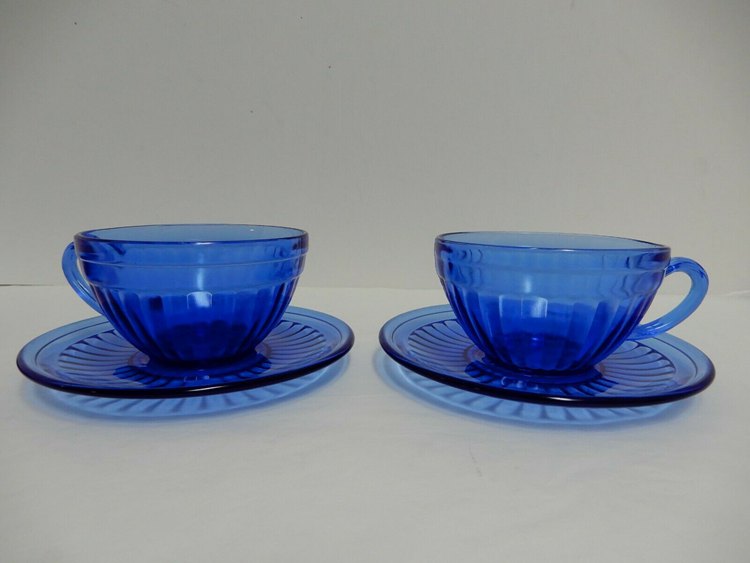
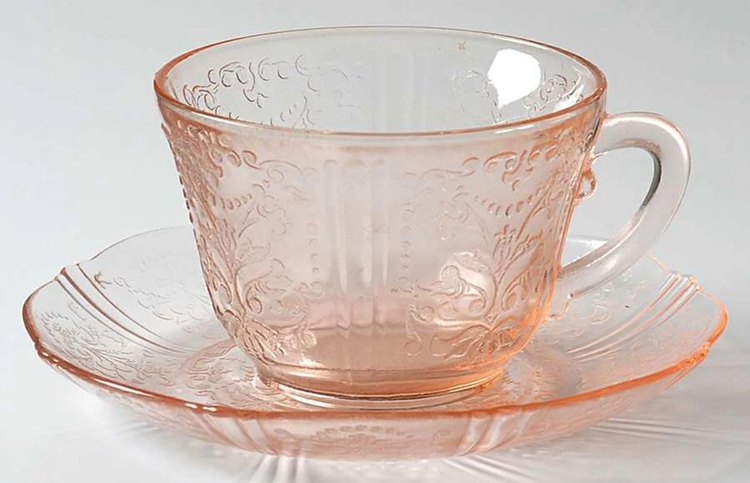
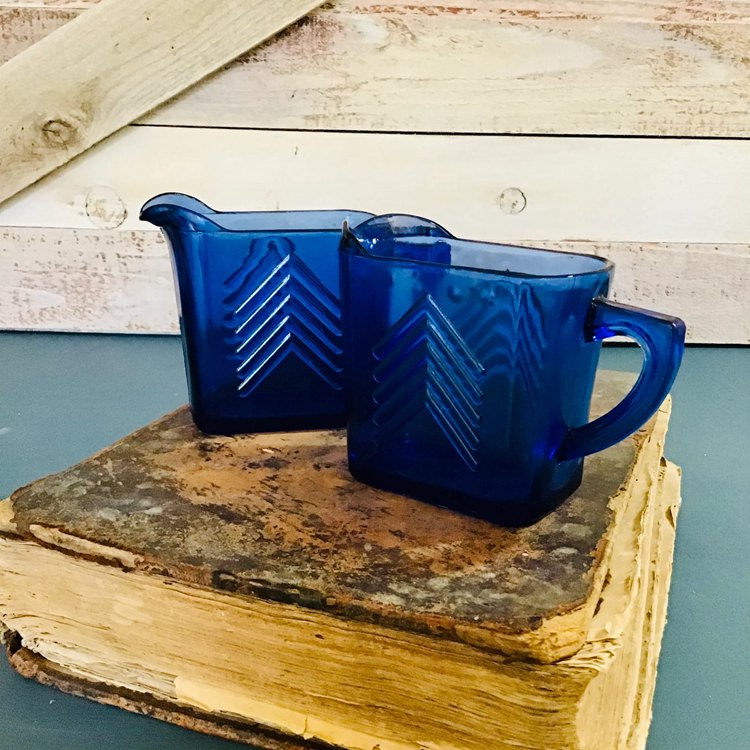
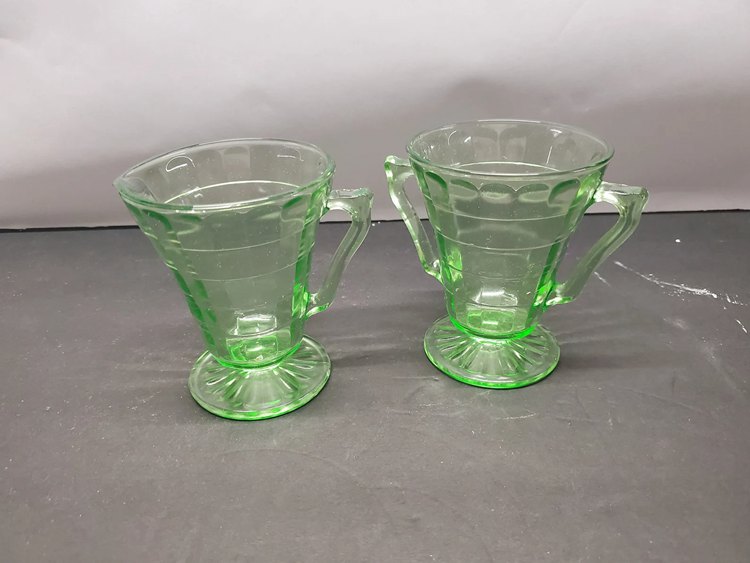
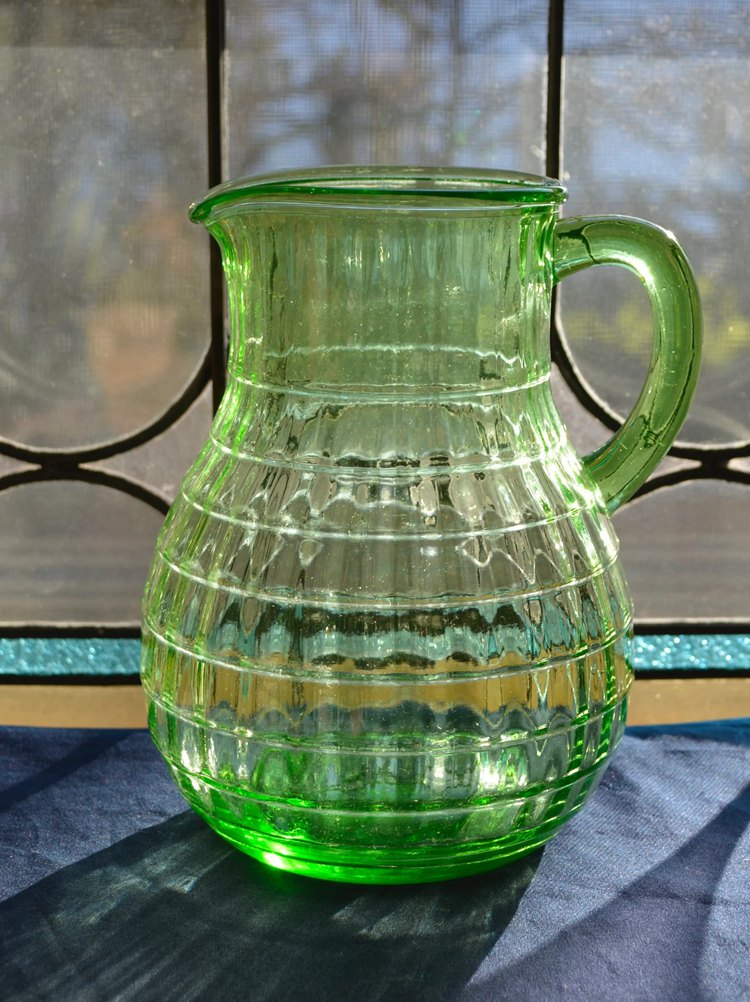
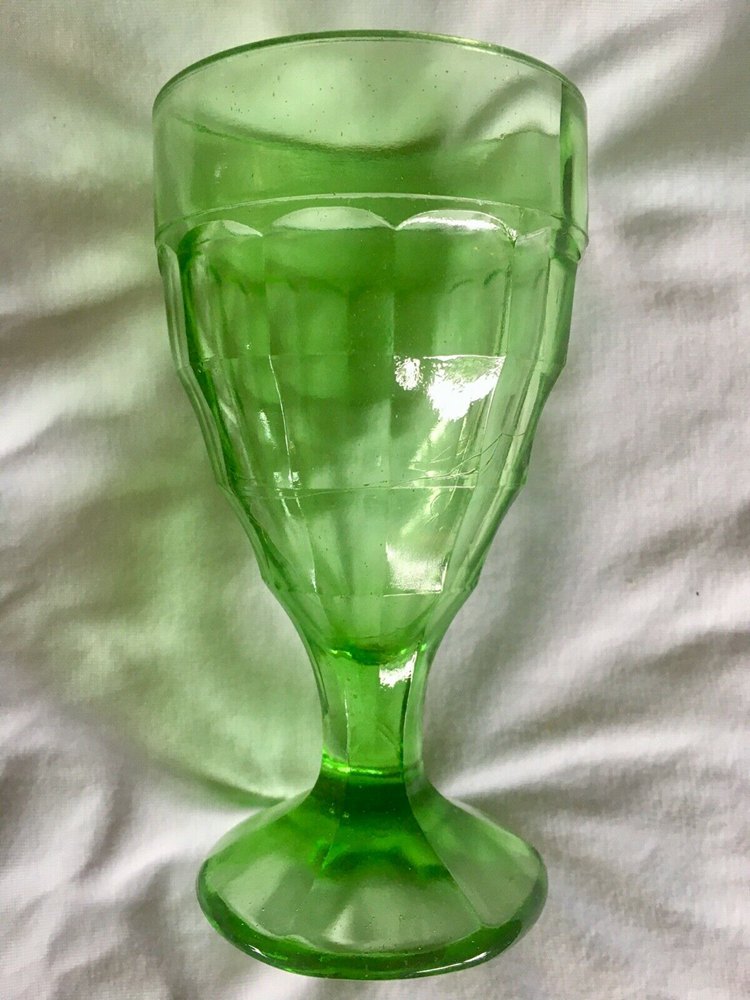
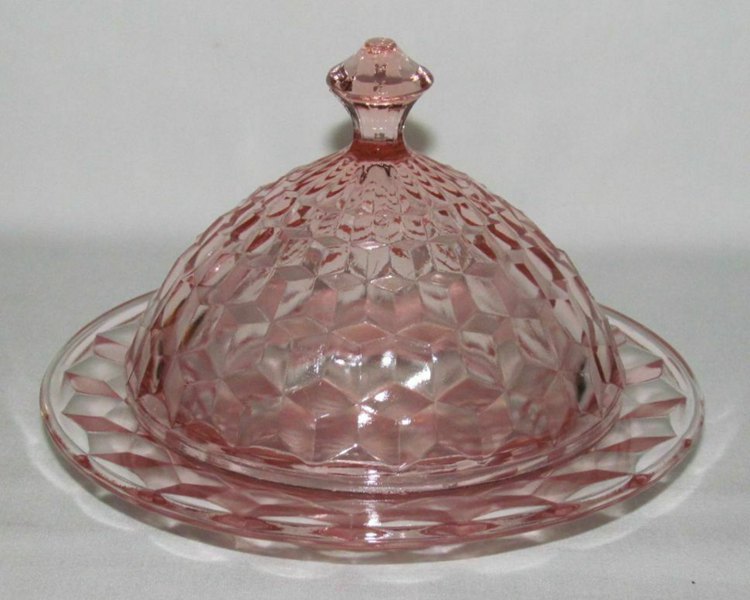
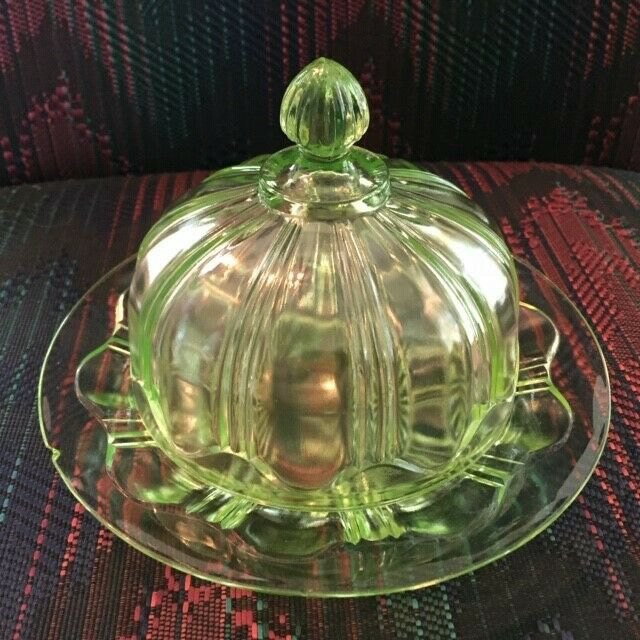
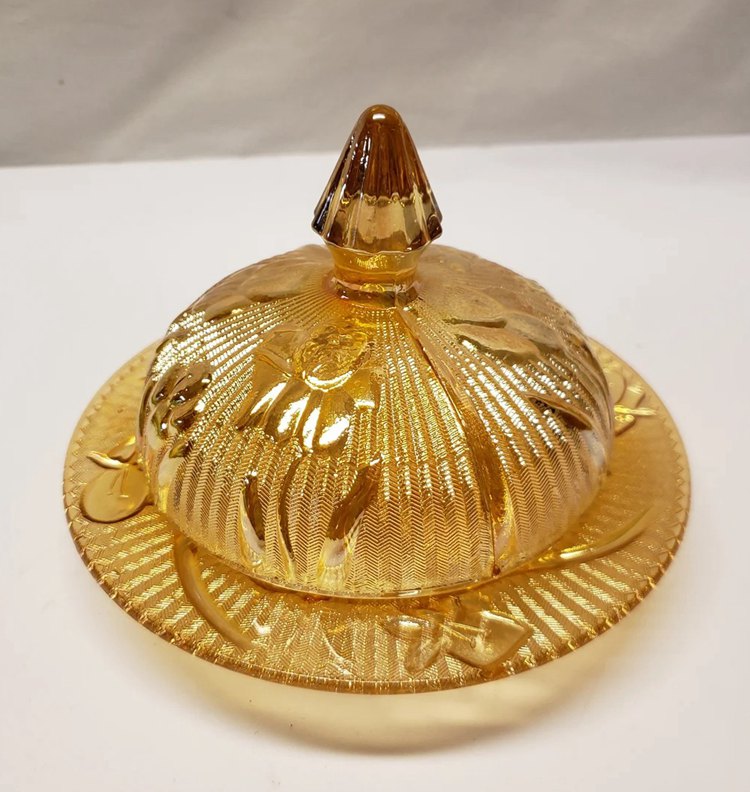
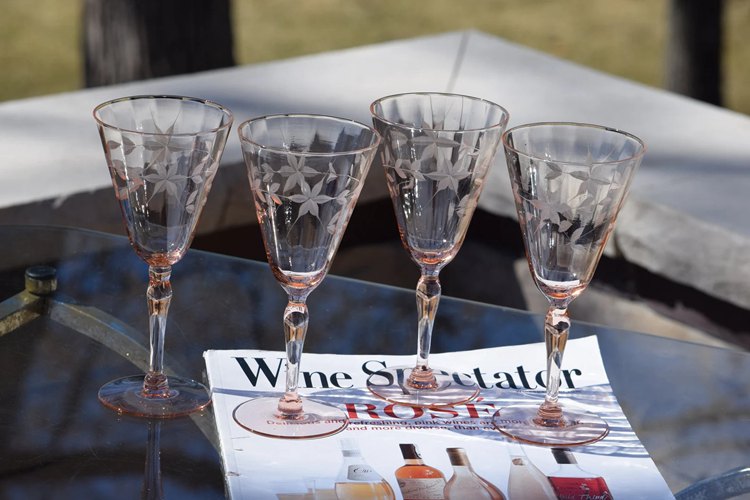
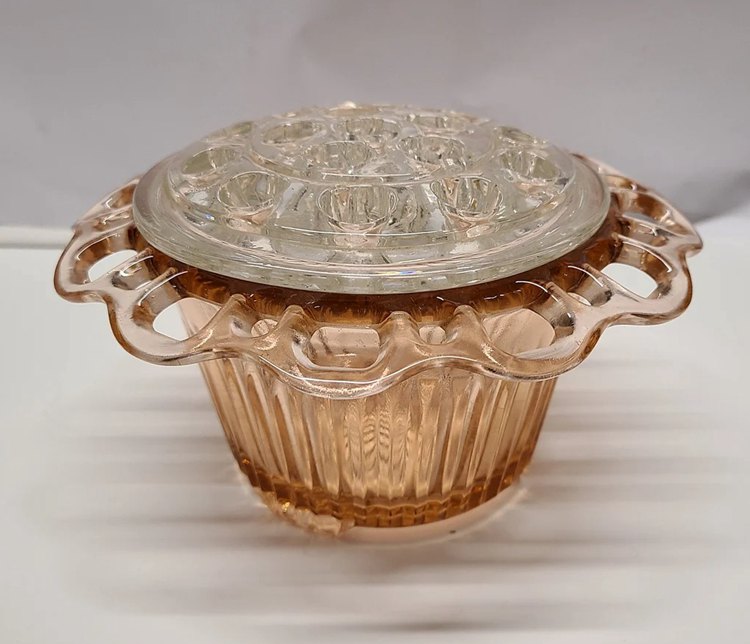
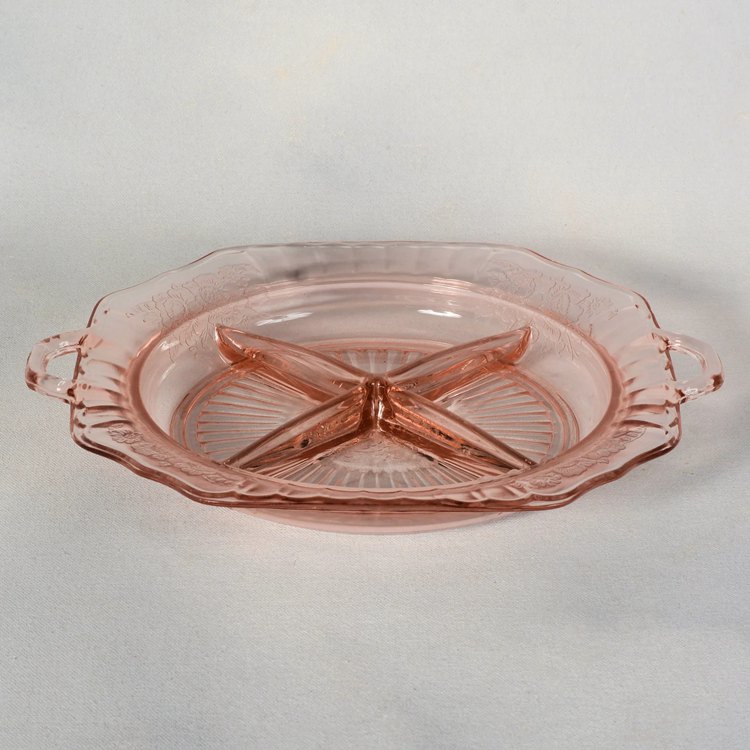
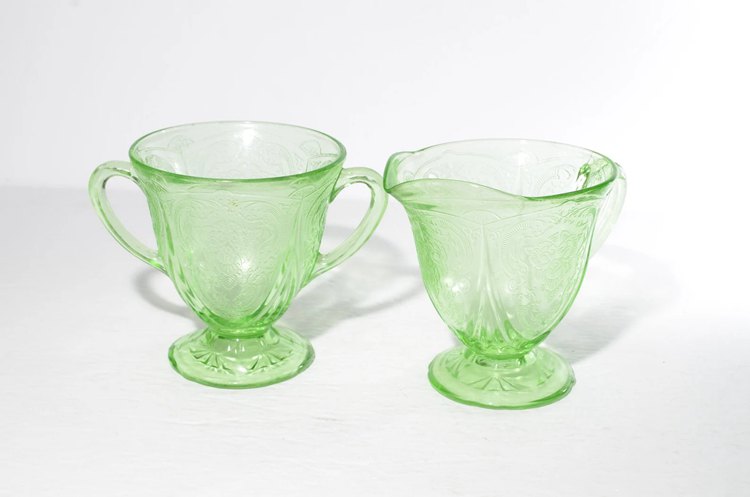
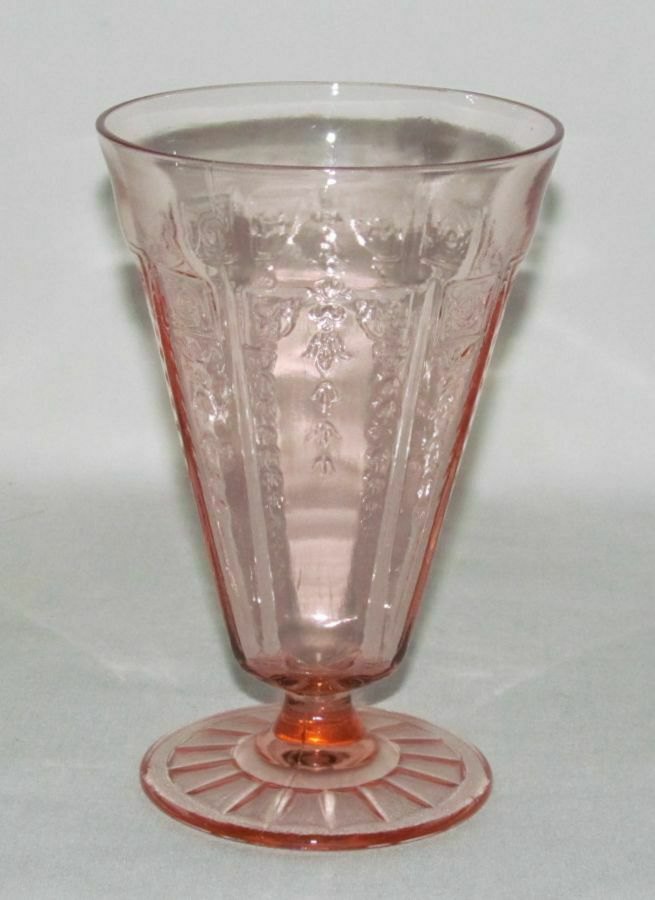
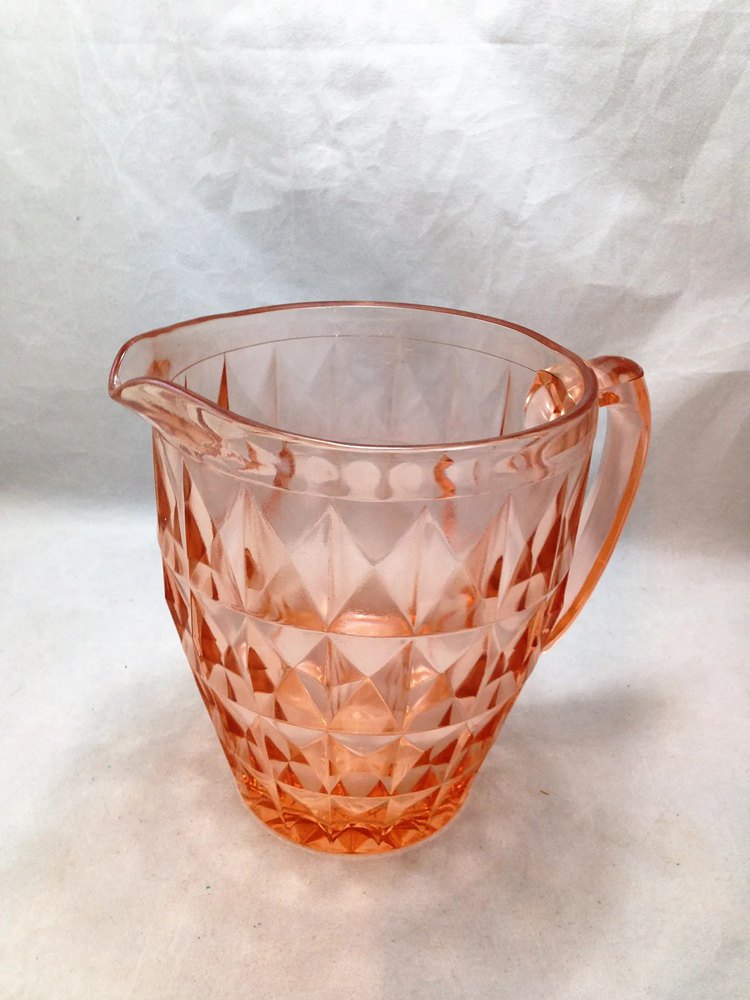
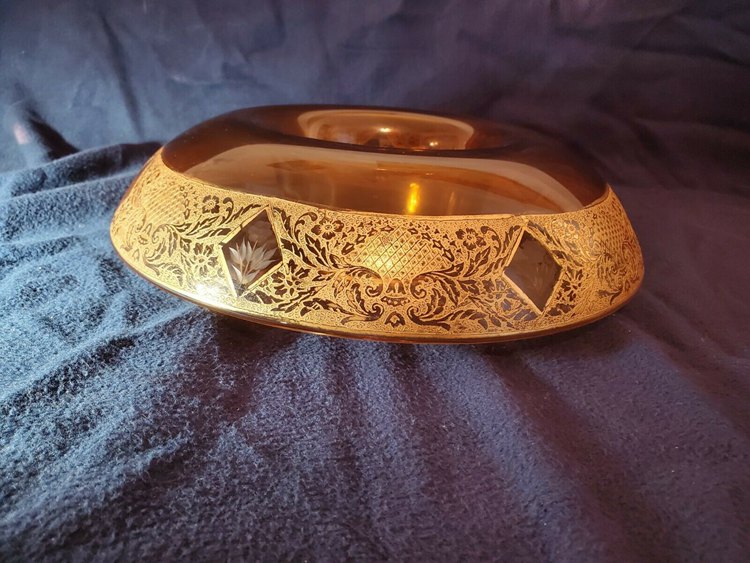
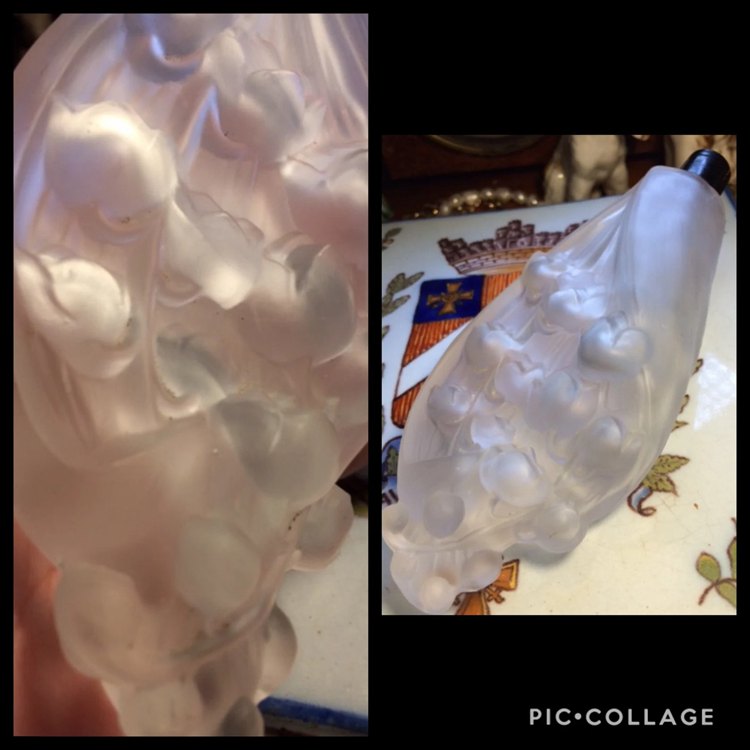
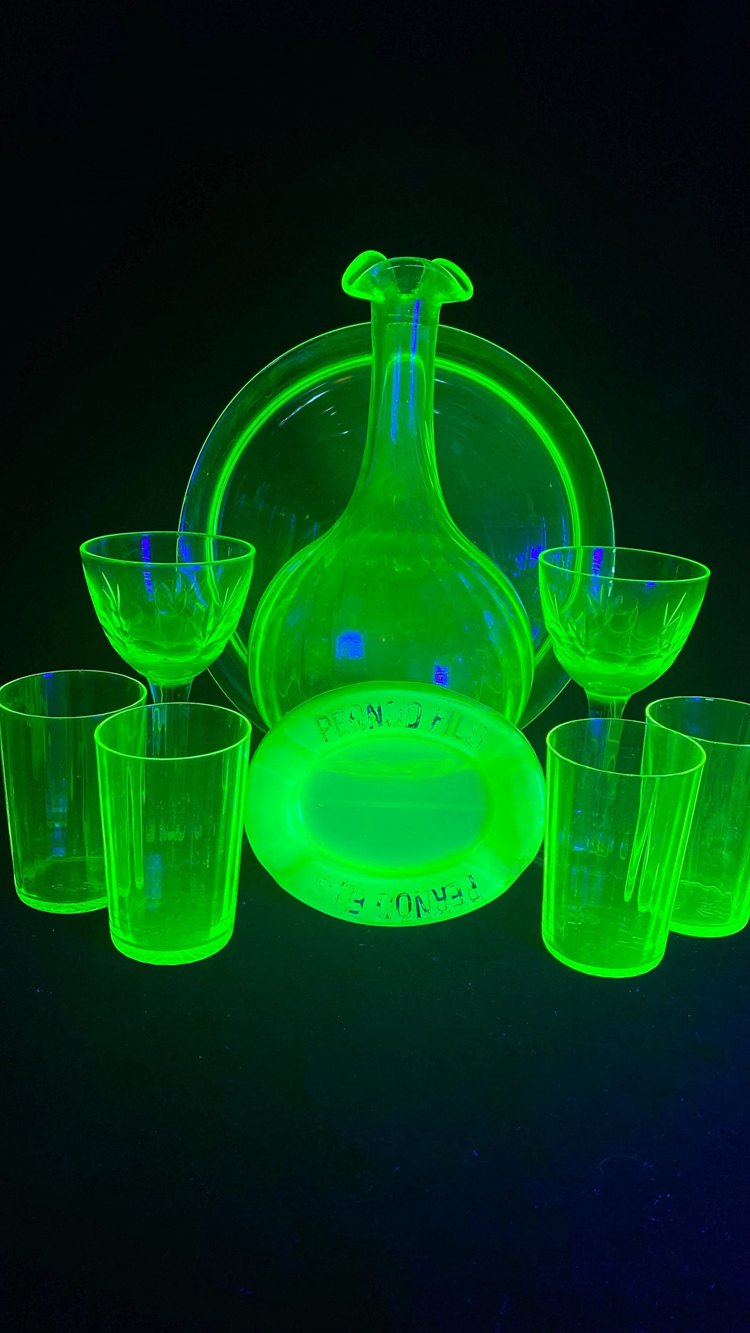
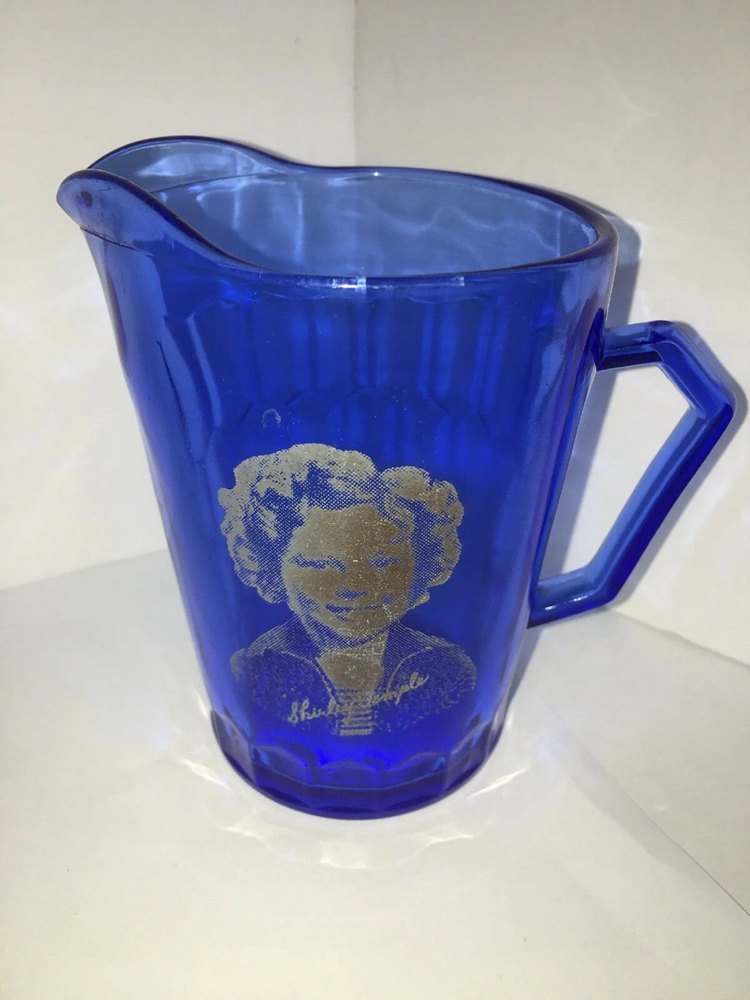
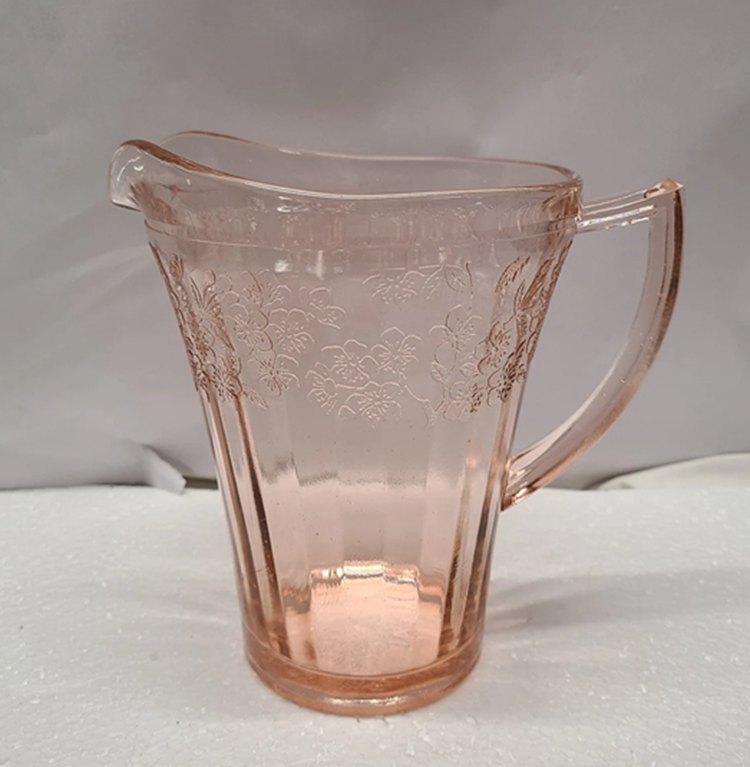
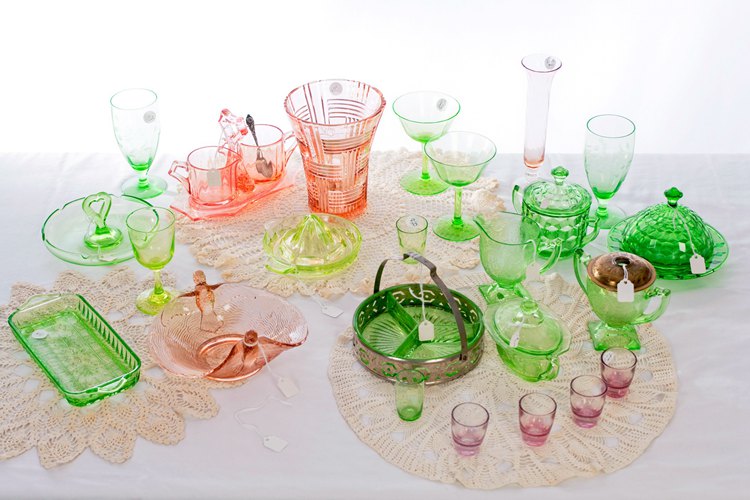
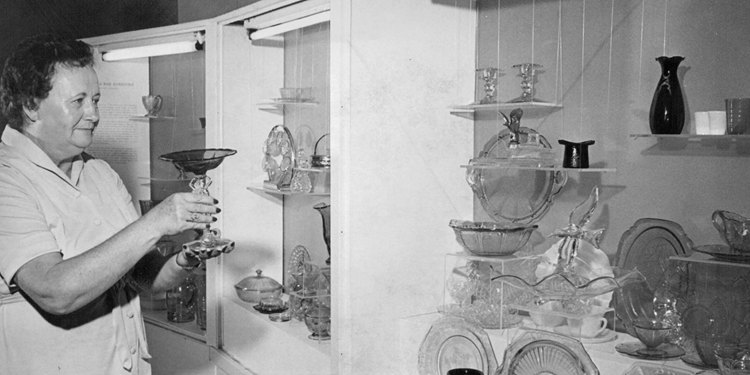
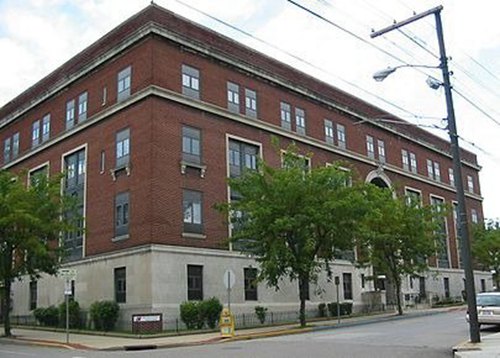

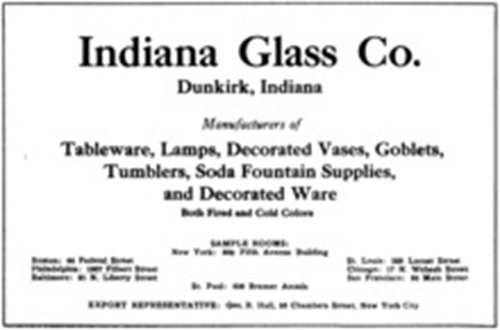
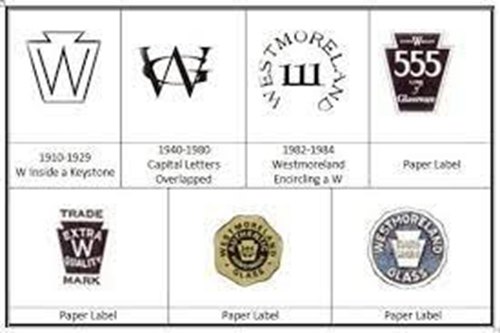
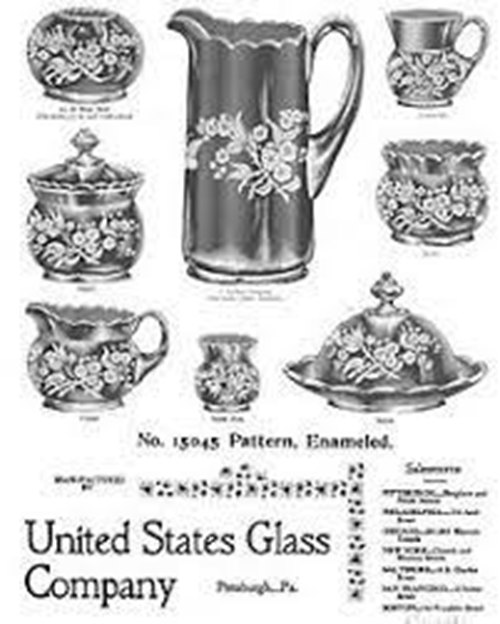
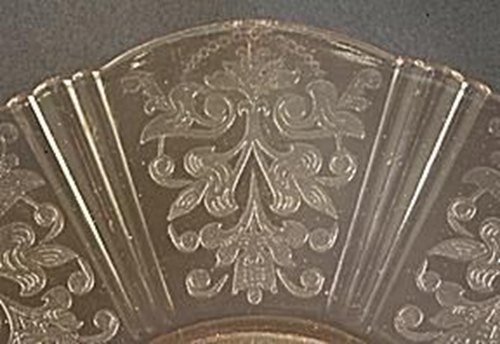
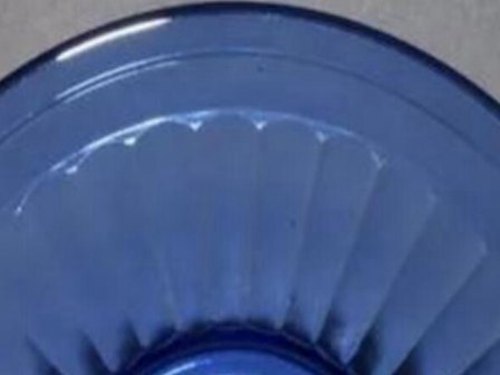
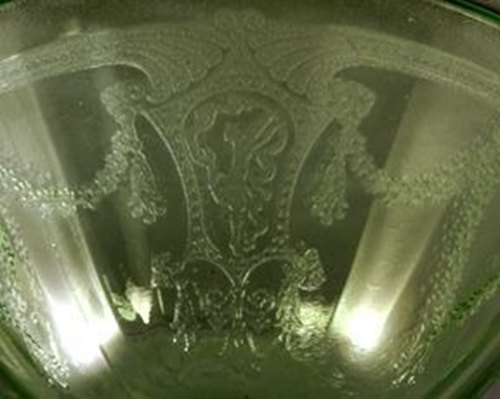
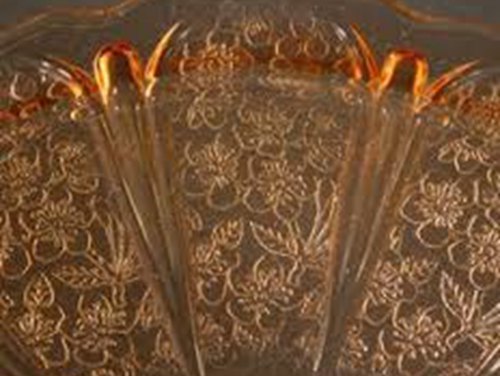
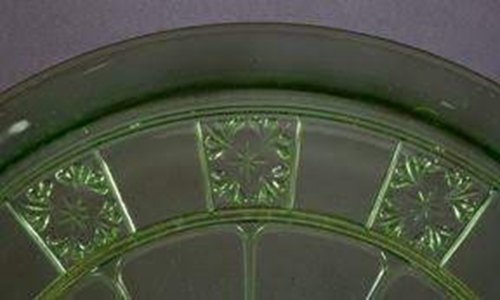
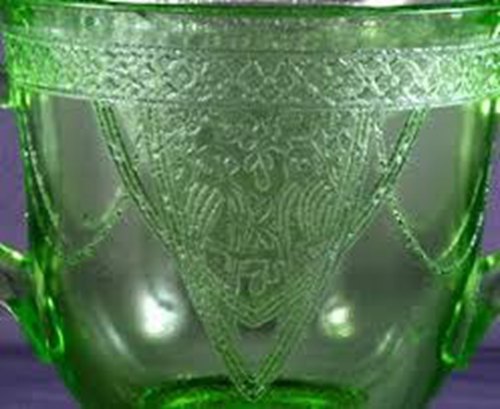
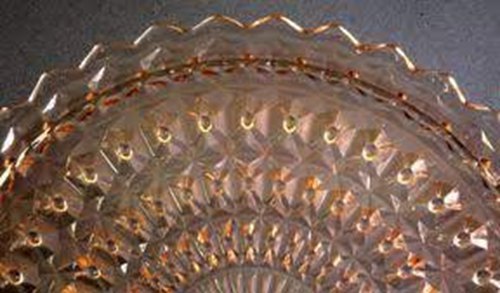
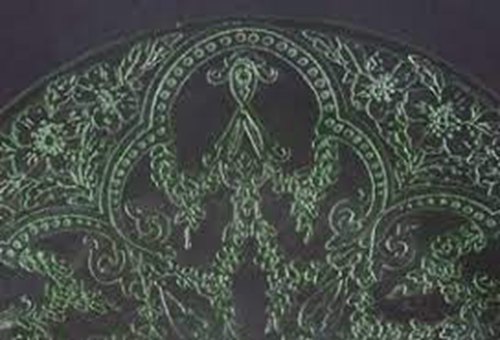
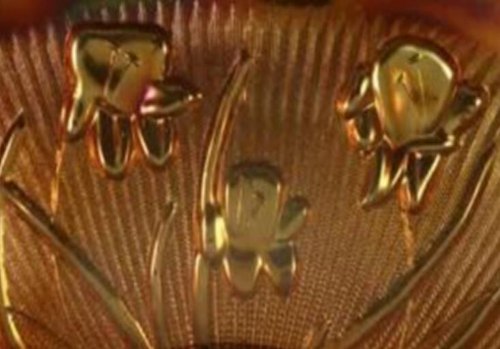
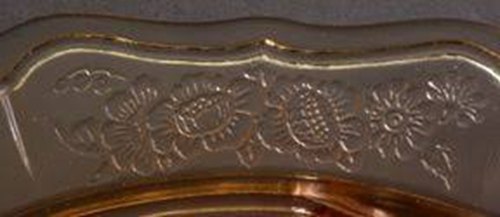
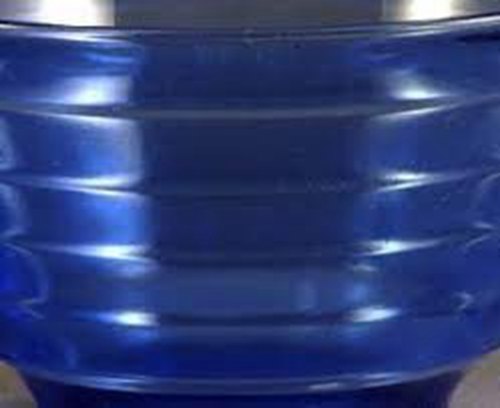
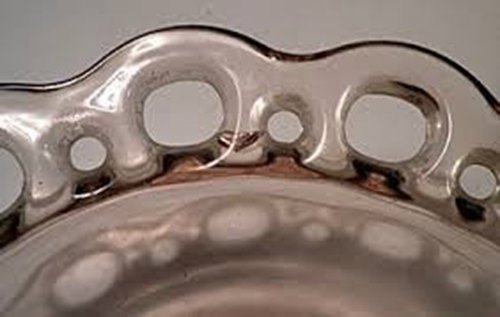
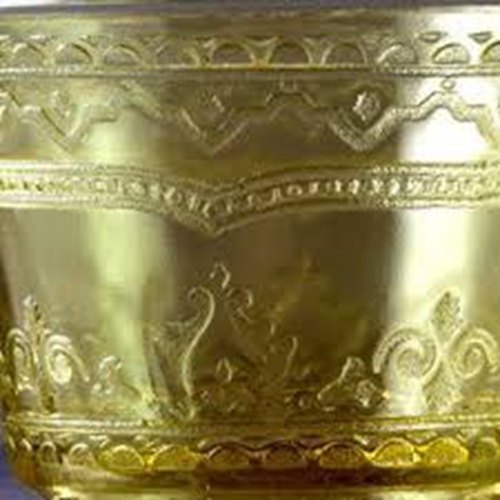
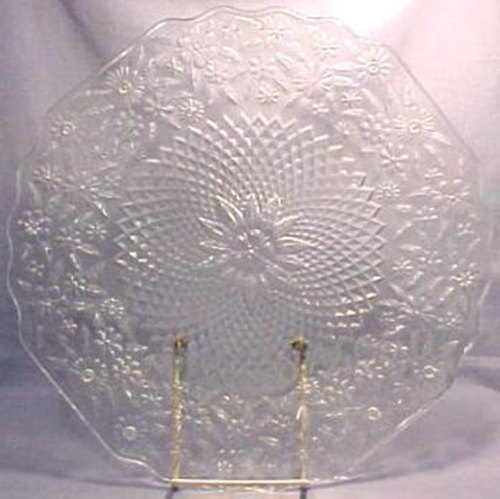
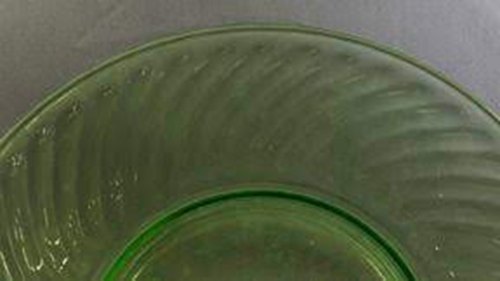
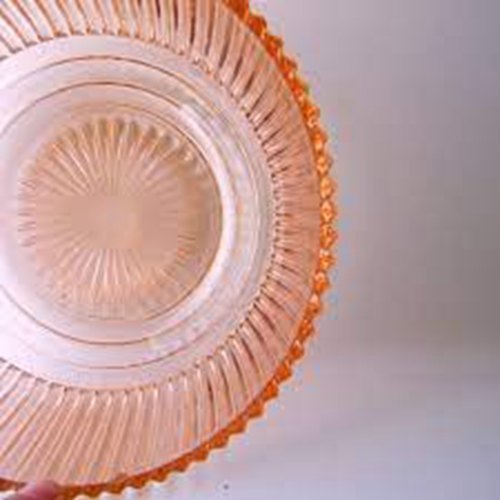
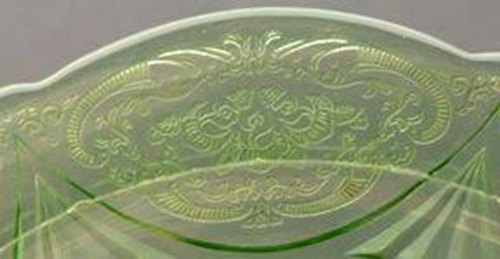
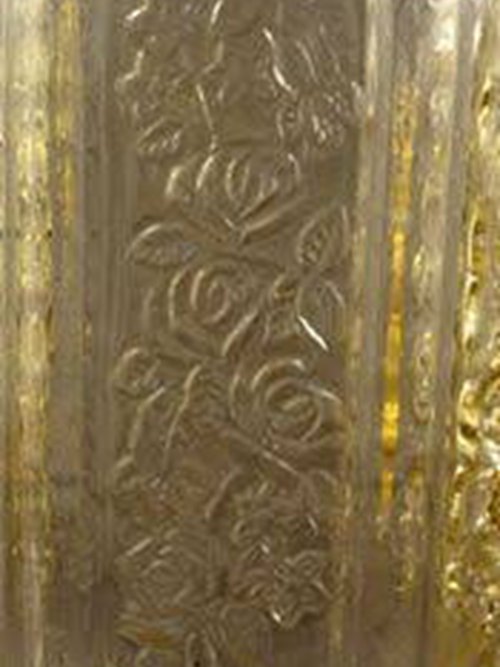




![Where To Sell Antique Furniture In 2022 [Ultimate Guide]](https://www.jacquelinestallone.com/wp-content/uploads/2022/09/Etsy-Your-Place-To-Buy-And-Sell-All-Things-Handmade-600x450.jpg)


